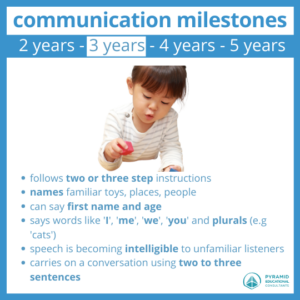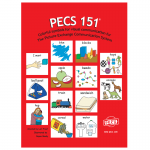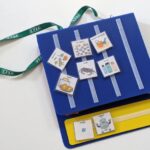Have you ever wondered how to start PECS? There are a few practical things to consider before you get going. Perhaps you have sat the PECS L1 training, but there was such a lot of information to take in that now you feel overwhelmed and are wondering what to do first. Or, you left the training hugely motivated to give your non-verbal child a functional communication system and now you’re struggling to make a start. You may be a special needs teacher or TA, a speech and language therapist, foster carer, or parent, whatever your role we all follow the PECS protocol the same. In this blog, we’ll walk you through a few things that you may want to think about or put into place before you start to implement PECS with your learners.
Who is a good candidate for PECS?
When we say, functional communication, what we really mean is an individual who communicates their wants or needs spontaneously and independently and socialises with others. 
If someone’s communication skills don’t tick all these boxes, they’re potentially a candidate for PECS. You can find a handy flowchart that will help you make a quick assessment and summarises what makes a good candidate for PECS here.
Reinforcers
The first phase of PECS is teaching an individual to request a favoured item (called a potential reinforcer). The learner exchanging a picture to obtain this favoured item is reinforced by receiving the item, increasing the future likelihood of picture exchanges to occur. Typical potential reinforcers are objects like toys or activities that a PECS user likes, is motivated by, and enjoys. This sounds simple enough but finding a potentially good reinforcer can sometimes be a little tricky and may require you to think outside of the box. For 
The easiest way to find an effective or powerful reinforcer is by asking people who know the learner (e.g., parents, siblings, teachers, friends, carers…) what the individual really likes or seems to enjoy. If this doesn’t work, you could complete an observation of the individual in a space where they have free access to several toys and activities and see what they gravitate towards. If you’re still a little puzzled, you can conduct a preference assessment in which you offer your PECS user different items and record if they ignore, reject, accept, play with, or enjoy the object; another good measure is their reaction when you try and remove the item. Once you have this information for a range of items you can use it to create a ‘reinforcer hierarchy’. A powerful reinforcer is one that a PECS user puts an effort into accessing and keeping. If you can’t find an assortment of reinforcers, we recommend having 3 to start your first PECS lesson with, then think about expanding a current collection that the learner has, such as another sensory toy, musical instrument, or book by an author you know they like. Failing that try pairing single items together as items may be more reinforcing together a bat and ball for example.
Preparing materials and storage
On our website, we have several free symbol sample sheets for different events
We strongly recommend laminating symbols for durability. Rounding the corners can also help with longevity of symbols and decreases the temptation for learners to pick at the layers, destroying all your hard work! A small device called a corner rounder like this one can make rounding corners easier.


One of the hardest things to organise is the sheer amount of different symbol cards that your PECS user will accumulate over time. Whilst symbol cards in their daily vocabulary will stay in their PECS communication book, symbol cards for different events and situations, such as Christmas or going on holiday, need to have a set place to live.
Creating communication opportunities throughout the day
To reach the daily recommended target of 40+ exchanges, you need to create opportunities for your PECS user to initiate communication. Over time, you’ll begin to see places in your PECS user’s daily routine where communication opportunities can occur organically during and in between functional activities- however, in the beginning, opportunities are going to have to be made.
Below are some ideas you can use or modify to create communication opportunities:
- Put reinforcers in a clear container that a PECS user cannot open independently, meaning they must initiate communication by asking for your help
- Put reinforcers in sight but out of reach (e.g on a high shelf)

- Offer part of a multiset toy, such as an extendable train track, whilst showing the PECS user that you have the remaining pieces
- Pause during their favourite activity (e.g being pushed on a swing), meaning that they must initiate communication for the activity to continue. We like the phrase “just enough to keep them happy, little enough so that they ask again”
Don’t be afraid to ask for help!
When first starting out with PECS, it’s normal to face challenges. Do not fear there is a big online community where you can access support, tips and advice on how to start PECS. 
We also offer consultancy, both online and face to face. This service is open to parents and families, schools, care, and residential homes alike. From 30-minute quick online check ins, to a full day face to face with a written report providing feedback and next steps.
Good luck and don’t forget to let us know how you get on!
By Lucy Hotchkiss
© Pyramid Educational Consultants UK Ltd 2021
